News
EPJ D Topical Review - Applied Bohmian Mechanics
- Details
- Published on 29 September 2014
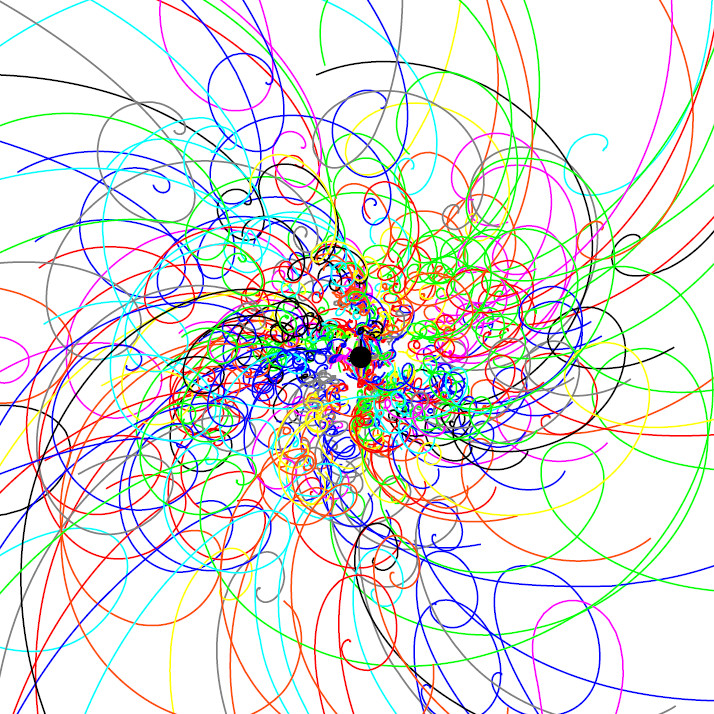
Bohmian mechanics provides an explanation of quantum phenomena in terms of point particles guided by wave functions. This EPJ D review focuses on the formalism of non-relativistic Bohmian mechanics, rather than its interpretation, and although the Bohmian and standard quantum mechanical theories have different formalisms, they both yield exactly the same predictions for all phenomena.
EPJ D Topical Review - The density matrix renormalization group for ab initio quantum chemistry
- Details
- Published on 25 September 2014
Over the past 15 years, the density matrix renormalisation group (DMRG) has become increasingly important for ab initio quantum chemistry. Its underlying wavefunction ansatz, the matrix product state (MPS), is a low-rank decomposition of the full configuration interaction tensor. The virtual dimension of the MPS, viz. the rank of the decomposition, controls the size of the corner of the many-body Hilbert space that can be reached with the ansatz, and can be systematically increased until numerical convergence is reached. The MPS ansatz naturally captures exponentially decaying correlation functions, and the DMRG therefore works extremely well for noncritical one-dimensional systems.
EPJ B Highlight - Taking advantage of graphene defects
- Details
- Published on 23 September 2014
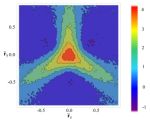
New theoretical model of the effect of triangular defects in graphene provides numerical estimates of the resulting current rectification with potential applications in security screening.
Electronic transport in graphene contributes to its characteristics. Now, a Russian scientist is proposing a new theoretical approach to describe graphene with defects—in the form of artificial triangular holes—resulting in the rectification of the electric current within the material. Specifically, the study provides an analytical and numerical theory of the so-called ratchet effect —which results in a direct current under the action of an oscillating electric field, due to the skew scattering of electronic carriers by coherently oriented defects in the material. These findings are published in EPJ B by Sergei Koniakhin from the Ioffe Physical-Technical Institute and the Academic University - Nanotechnology Research and Education Centre, both affiliated with the Russian Academy of Sciences in St. Petersburg.
EPJ A Highlight - Modern three-body forces make neutron stars collapse
- Details
- Published on 08 August 2014

Nuclear systems ranging from light nuclei to massive neutron stars can be well described by nucleons interacting through two-body and three-body forces. From electrostatics we know that two identical uniformly charged spheres repel at any distance but the repulsion disappears when the spheres completely overlap. Similarly, in some modern expressions of nuclear three-body force it is assumed that the nuclear repulsion between the three nucleons is zero when they occupy the same position in space.
EPJ B Highlight - Nano-pea pod model widens applications
- Details
- Published on 31 July 2014
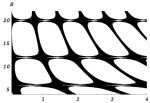
A new theoretical model outlines the conditions under which a novel nanostructure, such as the nano-pea pod, can exhibit localised electrons for electronics applications
Periodic chain-like nanostructures are widely used in nanoelectronics. Typically, chain elements include the likes of quantum rings, quantum dots, or quantum graphs. Such a structure enables electrons to move along the chain, in theory, indefinitely. The trouble is that some applications require localised electrons - these are no longer in a continuous energy spectrum but in a discrete energy spectrum, instead. Now, a new study by Russian scientists identifies ways of disturbing the periodicity of a model nanostructure to obtain the desired discrete spectrum with localised electrons. These findings have been published in EPJ B by Dr. Eremin from the Mordovian State University, in Saransk, Russia and colleagues.
EPJ B Highlight - Inter-dependent networks stress test
- Details
- Published on 31 July 2014
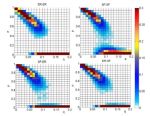
A new study relies on a complex systems modelling approach, known as graph theory, to analyze inter-dependent physical or social networks and improve their reliability in the event of failure
Energy production systems are good examples of complex systems. Their infrastructure equipment requires ancillary sub-systems structured like a network - including water for cooling, transport to supply fuel, and ICT systems for control and management. Every step in the network chain is interconnected with a wider network and they are all mutually dependent. A team of UK-based scientists has studied various aspects of inter-network dependencies, not previously explored. The findings have been published in EPJ B by Gaihua Fu from Newcastle University, UK, and colleagues. These findings could have implications for maximising the reliability of such networks when facing natural and man-made hazards.
EPJ D Highlight - Water window imaging opportunity
- Details
- Published on 31 July 2014

A new theoretical study elucidates mechanisms that could help in producing coherent radiations, and could ultimately help to achieve high-contrast images of biological samples
Ever heard of the water window? It consists of radiations in the 3.3 to 4.4 nanometre range, which are not absorbed by the water in biological tissues. New theoretical findings predict a novel way of achieving coherent radiations within the water window. These could be the basis of an optimal technique to obtain a high-contrast image of the biological samples or to be used in high-precision spectroscopy. Now, a new theoretical study identifies the physical mechanism needed to efficiently generate the harmonic radiations - which are multiples of an incoming laser’s frequency - at high laser intensities that occur beyond the saturation threshold of atoms and molecules. These findings, aimed at improving conventional methods of coherent radiation production to reach the water window, were recently published in the EPJ D by José Pérez-Hernández from the Centre for Pulsated Laser, CLPU, in Salamanca, Spain, and colleagues.
EPJ Quantum Technology Highlight - Quantum simulators explained
- Details
- Published on 25 July 2014
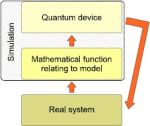
Everything you ever wanted to know about quantum simulators has been summed up in a new review from EPJ Quantum Technology
As part of a new Thematic Series on Quantum Simulations, the open access journal EPJ Quantum Technology has just published an overview of what a quantum simulator is, namely: a device that actively uses quantum effects to answer questions on model systems. This review, published by Tomi Johnson and colleagues from the Centre for Quantum Technologies in Singapore and the University of Oxford, UK, outlines various approaches used in quantum simulators.
EPJ E Highlight - Optimum inertial self-propulsion design for snowman-like nanorobot
- Details
- Published on 22 July 2014

A new study investigates the effects of small but finite inertia on the propulsion of micro and nano-scale swimming machines that could have implications for biomedical applications
Scale plays a major role in locomotion. Swimming microorganisms, such as bacteria and spermatozoa, are subjected to relatively small inertial forces compared to the viscous forces exerted by the surrounding fluid. Such low-level inertia makes self-propulsion a major challenge. Now, scientists have found that the direction of propulsion made possible by such inertia is opposite to that induced by a viscoelastic fluid. These findings have been published in EPJ E by François Nadal from the Alternative Energies and Atomic Energy Commission (CEA), in Le Barp, France, and colleagues. This study could help optimise the design of self-propelled micro- and nanoscale artificial swimming machines to improve their mobility in medical applications.
EPJ D Colloquium - One Hundred Years of the Franck-Hertz Experiment
- Details
- Published on 21 July 2014
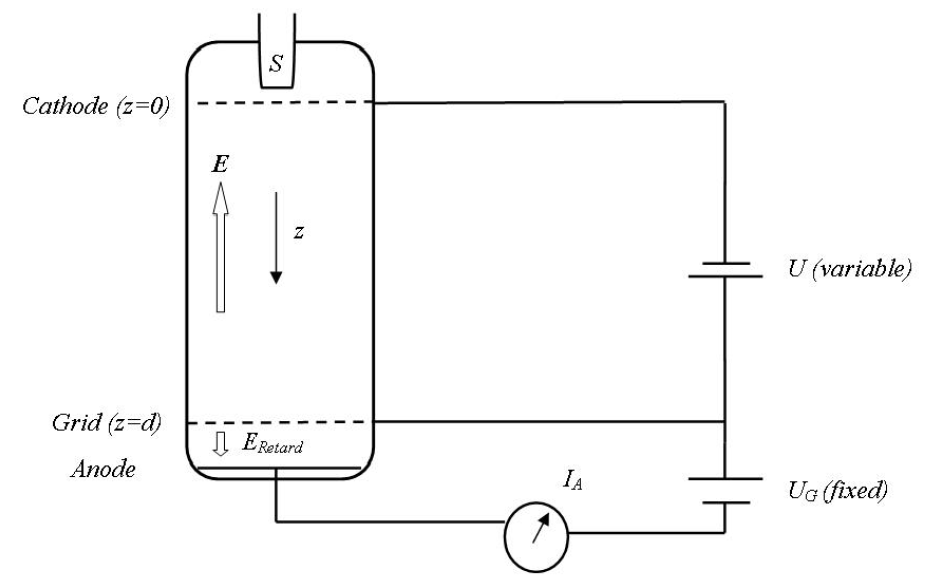
The seminal 1914 experiment of James Franck and Gustav Hertz provided a graphic demonstration of the quantisation properties of atoms, and thereby laid the foundations of modern atomic physics. This EPJ D colloquium revisits the experiment on the occasion of its Centenary and compares the traditional and modern interpretations, as well as highlighting the link between microscopic processes, which are governed by the laws of quantum mechanics, and macroscopic phenomena, as observed in the laboratory.





